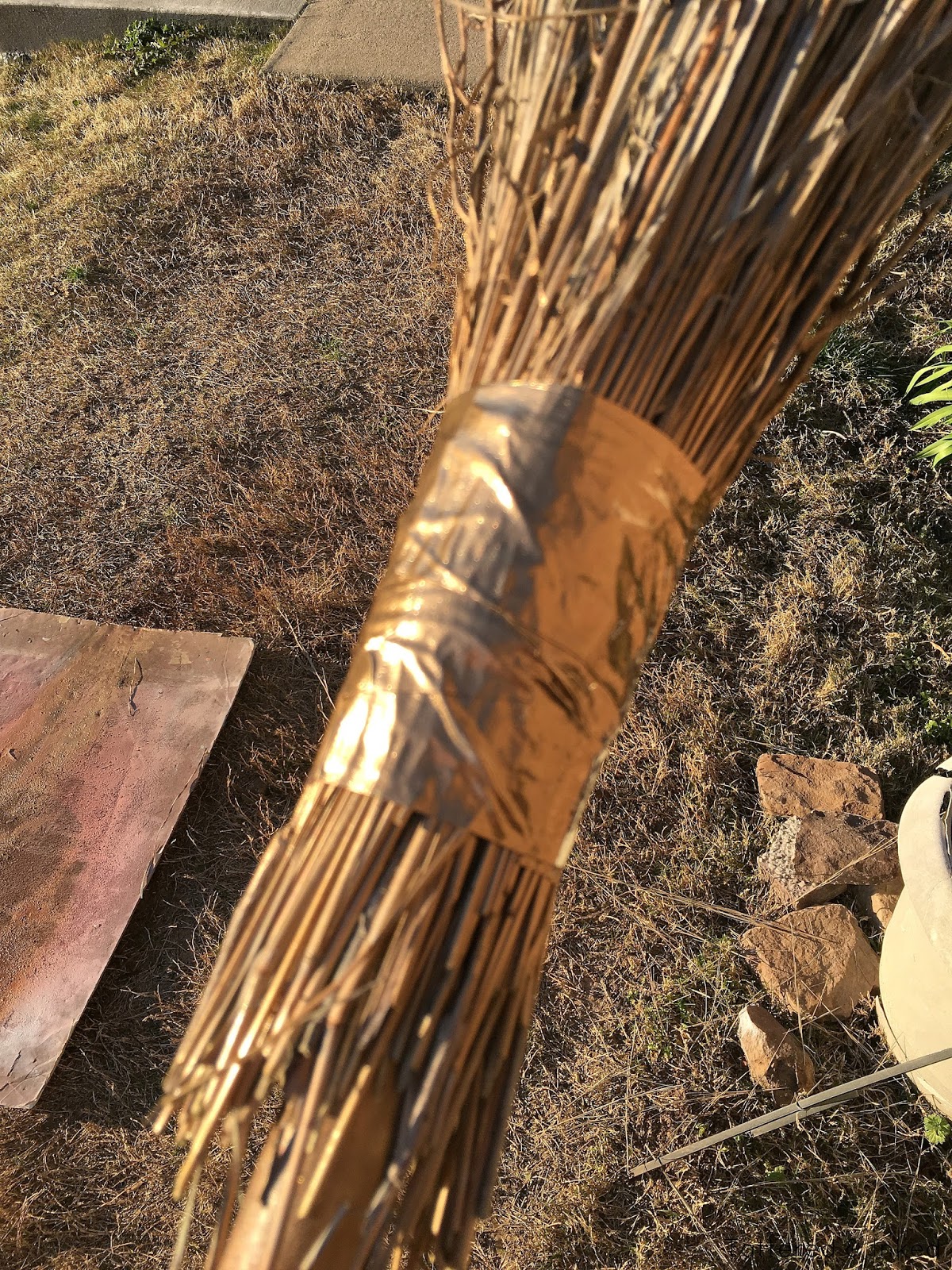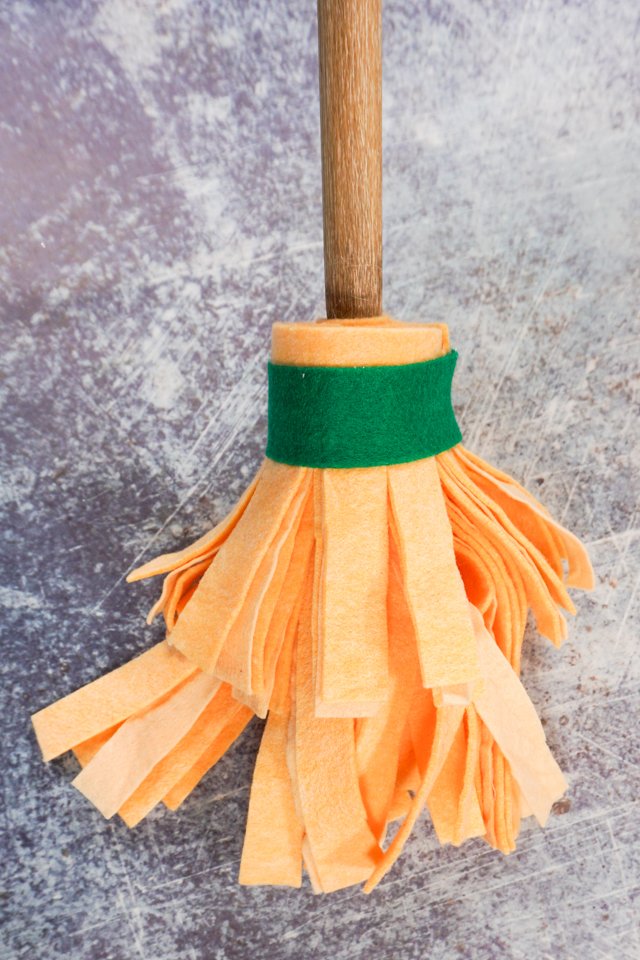
Broom corn is an annual and looks like sweet corn from a distance. I’ve been making brooms for several years, and one of the most common questions I hear while demonstrating my craft is, “What plant material is used for the bristles?” The answer is broom corn ( Sorghum bicolor, also called Sorghum vulgare), which is a variant of the sorghum grown for sorghum molasses.

Sweeping with a handmade broom can connect you with the long history of brooms made out of natural materials, from improvised brooms crafted from broken branches to rural artworks featuring decorative stitches. Get a list of all the handmade broom making supplies you will need! Homemade Cheese Recipes: Cheese Making ArticlesĬheck out these easy to follow homemade broom making instructions.Sustainable Farming & Agriculture Articles.Power Equipment Articles - Lawn and Garden Equipment.Raising Ducks and Geese: Articles & Ideas.Homesteading Poultry - Chicken, Turkey, Ducks Archives.The string-twine serves decorative as well as practical role, supporting the hold from the outside. Both parts have to fit tightly and supported with PVA glue. If your handle-stick were completely smooth, it would have to be the other way (the top of broomstick would have to be carved to the size and the raw stick would require hole-drilling. It's a "male-female" connection, where the broomstick is a female and raw stick a male. The stick used for a handle needs to be of similar shape and it must have a little bit sticking out (on the photo - left hand side of the stick). I applied a thin layer of varnish to the whole construction making sure that the twine is well soaked with it though. Once connected, I wrapped the connection with twine, squeezing very tightly. Then I fixed it onto the broomstick using PVA glue before sliding the handle into the broomstick. "I prepared the handle separately, using exactly the same steps. You will have to measure the hole that you made on top of your broomstick and then you have to gradually carve the bottom of your handle (see descriptions on the photo of the handle) until it fits tightly in the hole. The last thing that will require carving is the stick/branch, which you will use as a handle. Ideally, if you have someone to help you with it (hold the stick). The drill bit is a bit rough and working on that hole is a bit tricky. That will prevent the stick from splitting. Before drilling, secure the end of the stick using a circular clamp (photo). That was to fit a handle at the later stage. On top of the stick, I drilled a large hole. In between (front and back) I drilled round holes, which later serve as base for beads. I made them on just 2 sides of the stick. Make sure that motifs are aligned vertically. Here though, I used a mini drill to create some flowers. This step is optional, if you want to use a different design. This is where you can experiment with your drill. Remember not to use water fire extinguisher for electric fire! Than grab a blanket or a large piece of cloth (towel, sheet etc).

If you can't get to the plug - go for main switch (fuse box/breaker). You concentrate on your work and have no time to take care of themĬ) Should the fire break out, remember that the first thing you do is to CUT THE POWER OFF. Your cat might knock the tool while you are in the loo etc.Ī) Do not leave electric tools plugged in, unattended,ī) Make sure that there are no children or pets around. Make sure that your First Aid kit is up to date and handy.
DIY BROOMSTICK WINDOWS
Since you will be sanding and using varnish, it is necessary to work outdoors, in the garden shed or at least in the room with doors and windows wide open.Ģ. Ceramic flower pot (applied to me for burning wood but if you use modern tools, you might be able to ditch this point) - I will explain further in the tutorial.ġ. Face mask - you will be sanding and painting with varnish. Gloves - whenever you deal with wood, metal and sand paper It might be completely safe but better be safe than sorry Goggles - There will be some sawing and filing. Black paint (acrylic or emulsion) I used "Step & Tile" leftovers from another projectĪlmost all of my materials and most of the tools I use come from Freecycling, recycling and upcycling. Varnish ( I used leftovers of a yacht varnish, any one is good though)

a nice piece of a tree branch (you choose, since it will serve as a handle)

WARNING! B e careful - original Dremel bits are thicker and will not fit into this machine. Various bits you can purchase online (eBay) for pennies too. Cheap, purchased on eBay for pennies (from China) engraver. an "ancient" wood burning tool (Extremely durable stuff, Russian made, purchased in 1981 and still working!) 2 large clamps (to hold the stick upright) - pictured


 0 kommentar(er)
0 kommentar(er)
